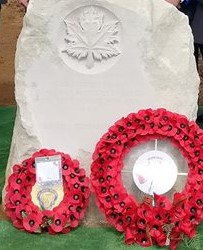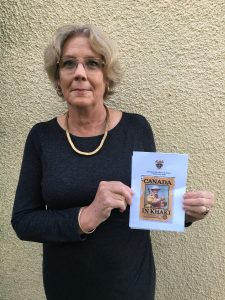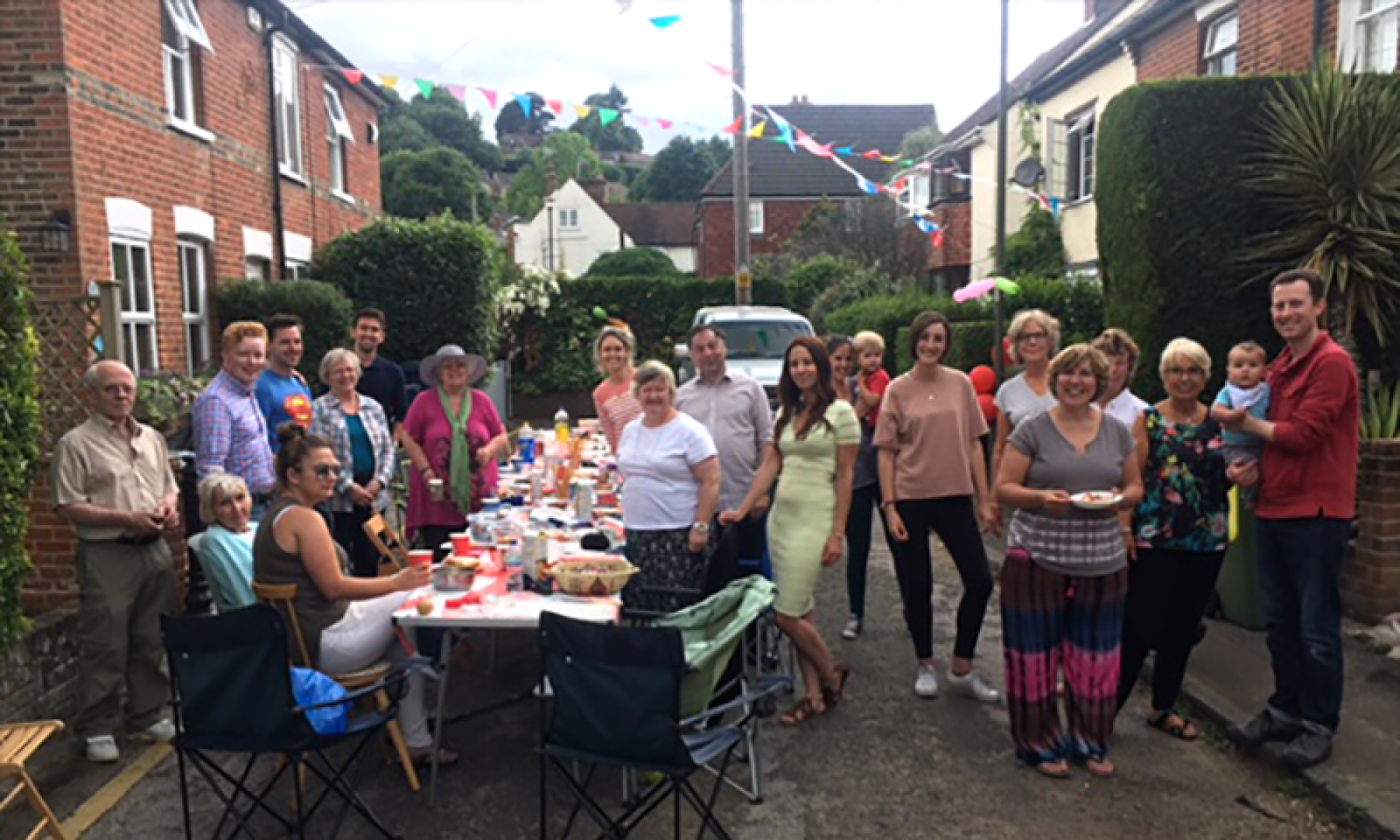

It was a pleasure and a privilege to have been invited by the Mayor of Waverley to mark the occasion of the unveiling of a new war memorial on Milford Common to commemorate the Canadian soldiers based there during both World Wars.
The engraving reads, “In gratitude to all Canadian soldiers based in the area during WWI and WWII. We will remember them.”
History of the Canadians and Milford/WitIey Common
Canadians had an integral role alongside the British and the Allies during the Great War. Throughout 1914-1918, about 7 percent of the Canadian population served in the Great War. The Canadian Army entered and fought as part of the British Empire’s Dominions and Colonies. As such, Canadians spent a significant amount of time in various areas of Britain, including Surrey, before heading to the front.
In January 1915, orders were issued for the setting up of a camp on Witley Common for training British and Canadian soldiers before they were sent to France. The camp straddled the Portsmouth and Haslemere roads, extending into Milford Common and beyond to Bowlhead Green. The Surrey countryside provided an ideal landscape for artillery training, with rolling hills, sandy soil, as well as good roads and villages. The camp provided the soldiers with housing, medical attention, recreation facilities, and shops, also known as ‘Tin-Towns,’ found on the edge of the camp. Part of Milford Common was also used as a baseball pitch for the troops and one of baseball’s most famous players, Babe Ruth, played there.
Today Witley Camp is the site of archaeological digs, where finds are revealing more about the life of soldiers during the war, including items such as Canadian hockey pucks. In fact during WWI the Canadians played ice hockey on Broadwater Lake.
During the Second World War the camp was purely for the training and housing of Canadian Troops. The camp was rebuilt on Rodborough Common for WWII and expanded to the size of a small village where it contained a chapel, hospital, parade ground, garrison theatre and brick buildings for living quarters. Three Canadian soldiers arrested a German fighter pilot shot down in the area in January 1944.
